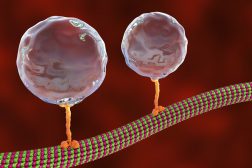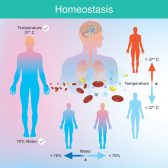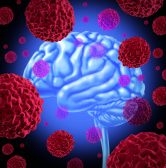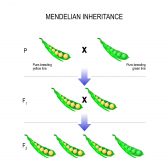Definition
noun
A taxonomic family of Carnivora embracing domestic and wild cats such as lions and tigers
Supplement
Felidae is a taxonomic family belonging to the suborder Feliormia, of order Carnivora. One of the distinctive features of the members of this family (called felids) is a gracile, flexible body and muscular limbs for hunting preys. They also have dental and cranial adaptations that enable a strong bite. They also have a tongue covered with horny papillae. These features are essential because they are obligate carnivores and aid in rasping meat from prey. Their limbs are digitigrade. They have soft toe pads and protractible claws. Felids vary in size; the black footed cat (the smallest) has a head-body length of 36.7 to 43.3 cm and the tiger (the largest) has a body length of up to 330 cm. They have large eyes with binocular vision. They have tapetum lucidum, a layer of tissue lying behind the retina and enables the felids a good night vision as it increases the light to the photoreceptors by reflecting light back inside the eyeball. It is also the one that gives a characteristic shine in felid eyes at night. They have more rod cells than humans. This means that felids are better at seeing moving objects. Nevertheless, they have fewer cone cells and therefore have relatively poorer color vision. The ears of felids are large and sensitive to high-frequency sounds. They have a vomeronasal organ in the roof of their mouth, which indicates a highly developed sense of smell. They have highly-sensitive whiskers that help sense air movement.
Felidae is comprised of two subfamilies: Pantherinae (big cats) and Felinae.
Scientific classification:
- Kingdom: Animalia
- Phylum: Chordata
- Class: Mammalia
- Order: Carnivora
- Suborder: Feliformia
- Family: Felidae von Waldheim, 1817
See also:







